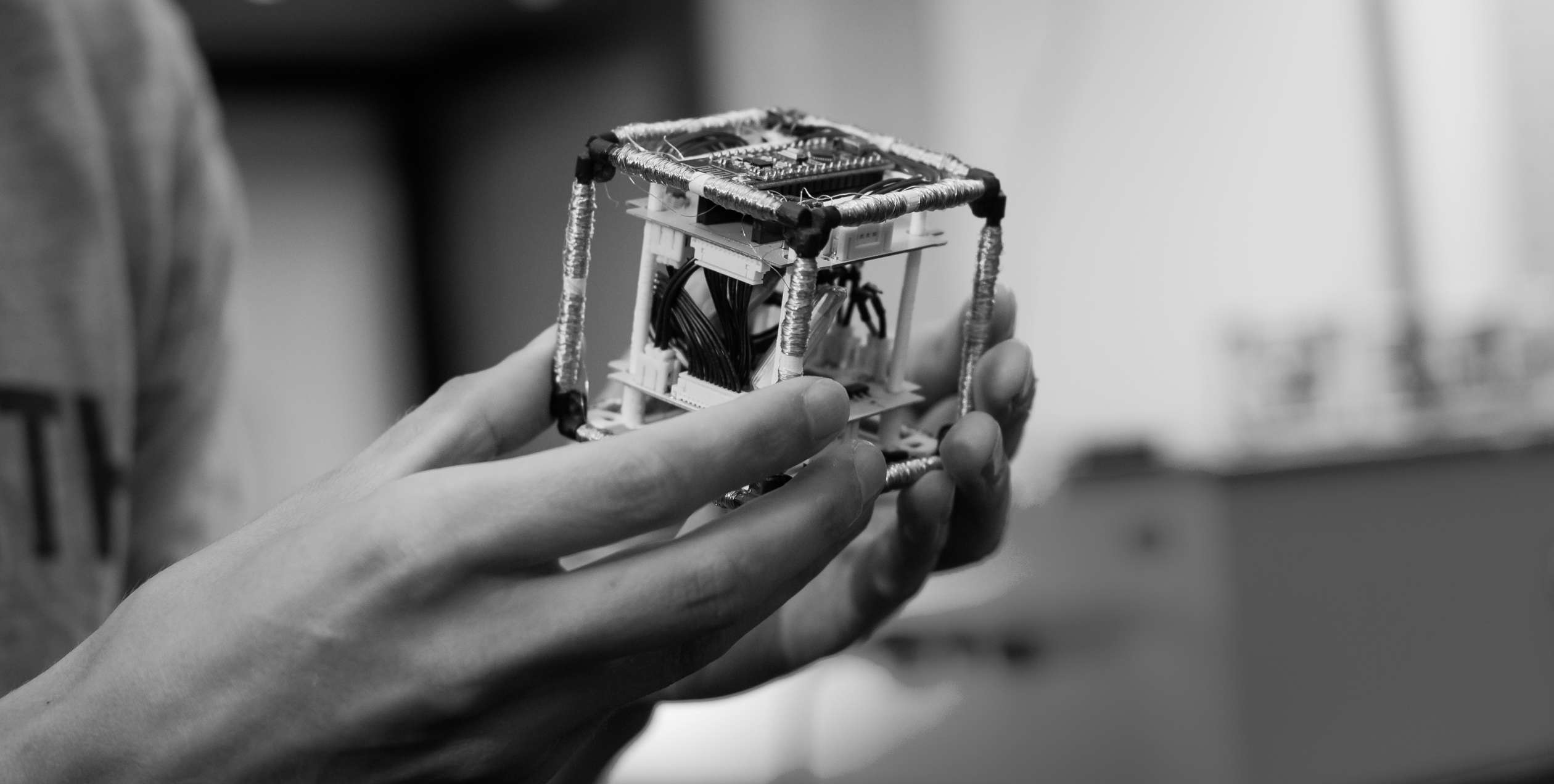Research at MIT plays a key role in maintaining US competitiveness, technological leadership, and national defense.
MIT's research emphasizes innovation in areas critical to economic competitiveness, national security, and the quality of life enjoyed by all Americans.
Main areas of focus include health, biotech, artificial intelligence, energy, manufacturing, cybersecurity, and quantum computing.
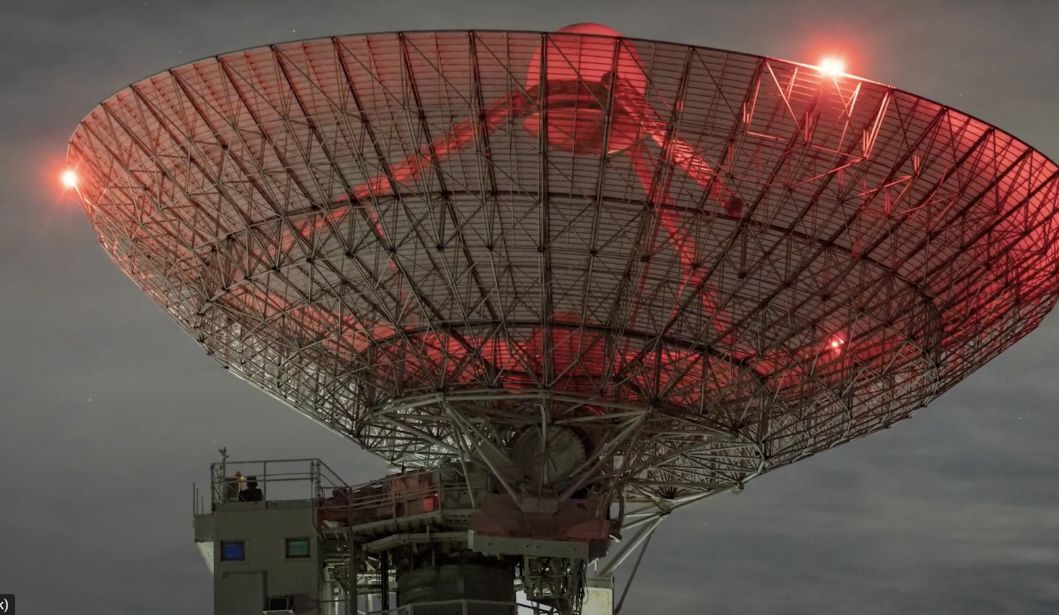
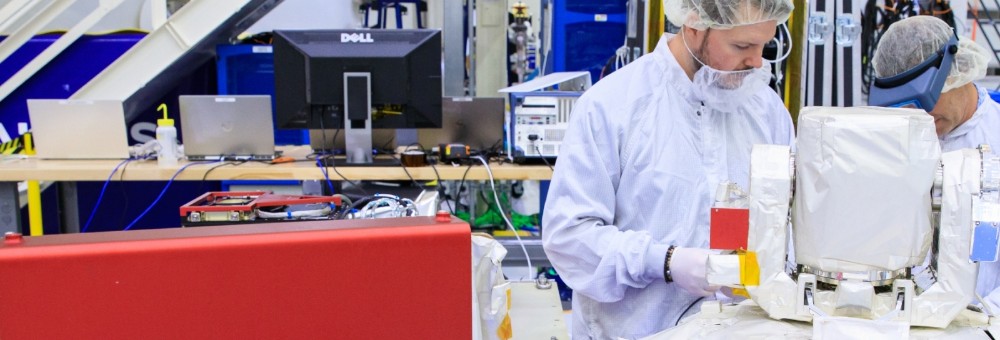
MIT co-invests in its research
Each year on its campus, MIT conducts approximately $800 million of research sponsored by government, industry, and foundations. MIT spends a roughly equivalent amount on research from its own resources and endowment.
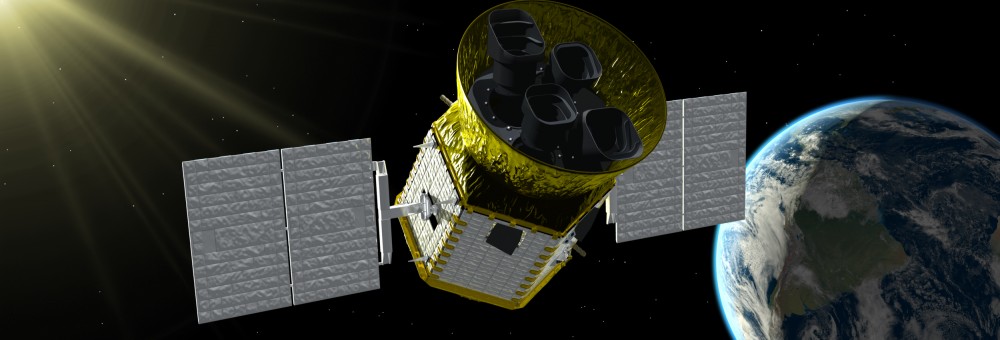
$1.3 billion in national security research each year
15% of sponsored campus research supports the mission of the Department of Defense.
In addition, MIT conducts $1.3 billion in national security research and development each year at MIT Lincoln Laboratory.
MIT Lincoln Laboratory delivers critical national security solutions

Protecting our nation
Answering the US Air Force’s call for help in protecting the homeland from nuclear attack, MIT formed Lincoln Laboratory in 1951. Breakthroughs in radar, computing, and communications brought forth the first continent-wide air defense system, SAGE. Today, the laboratory’s ground, air, and space-based systems continue to protect the nation from critical threats.

Rapid response to crisis
The US calls on MIT Lincoln Laboratory in times of crises, relying on technical experts with deep knowledge of mission needs to urgently prototype systems. Such systems have greatly enhanced air defense in the nation’s capital, quickly quantified damage after hurricanes, provided decision support to emergency managers, and saved lives of US service members.

Technology that builds America’s future
Investments in technology development at MIT Lincoln Laboratory go on to seed entire industries and enhance US manufacturing competitiveness.
Our process that increased the number of transistors on a chip has become industry’s mainstream technique, and air safety technologies for the FAA are now worldwide standards. Lately, advances in laser communications to space are establishing a new industry base for the nation.
MIT benefits the US military through education, leadership, and service
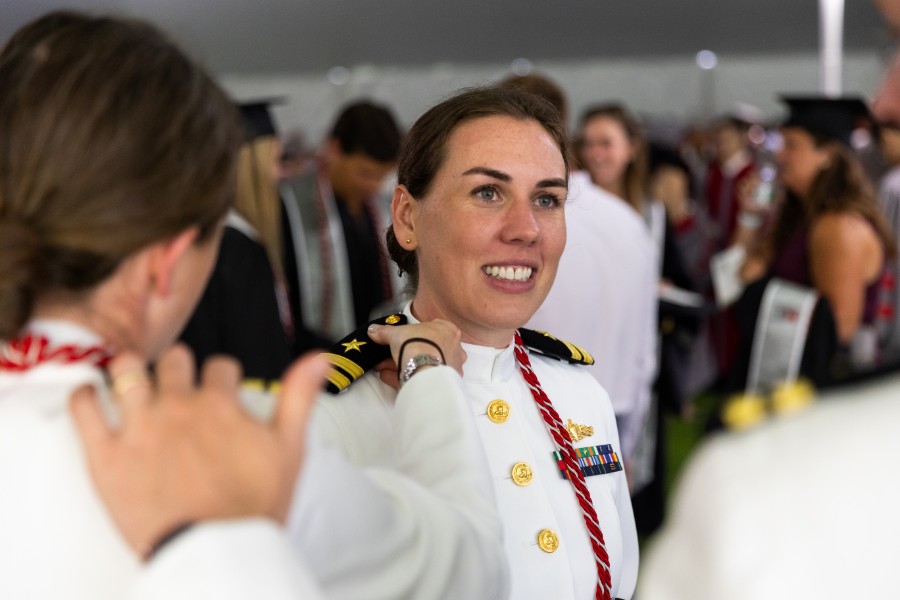
- MIT has offered classes in military science continuously since we opened our doors in 1861.
- We host a robust ROTC program, as well as graduate and professional education programs specifically designed for the Department of Defense. These courses keep our national security leaders at the cutting edge of science and technology.
12,000 military officers
Over 12,000 military officers have been commissioned from MIT, with more than 150 reaching the rank of general or admiral.
12 technology advisors to US presidents
Since 1940, 12 of 25 science and technology advisors to US presidents have had MIT ties, while 44 of 360 NASA astronauts have been MIT alumni.
Bottom Line
MIT drives US national security through its cutting-edge research, defense innovation, and substantial contributions to military leadership.

